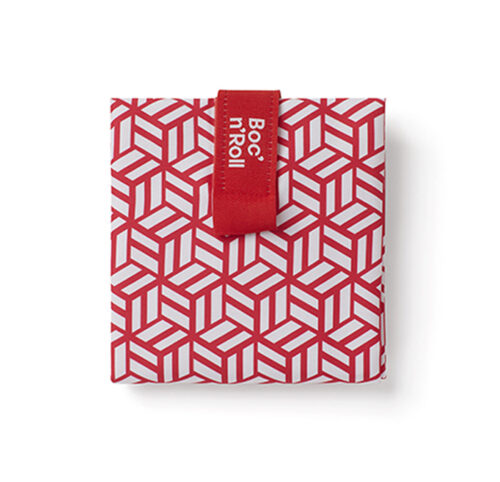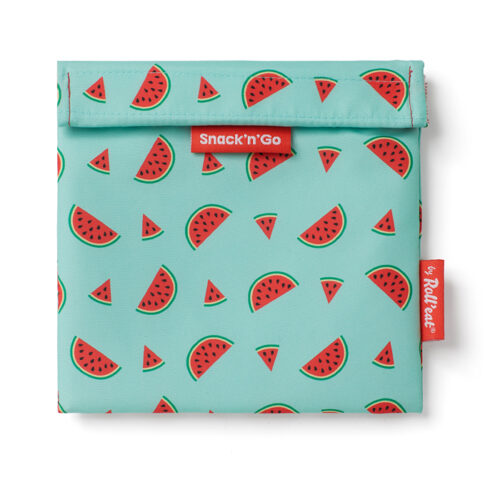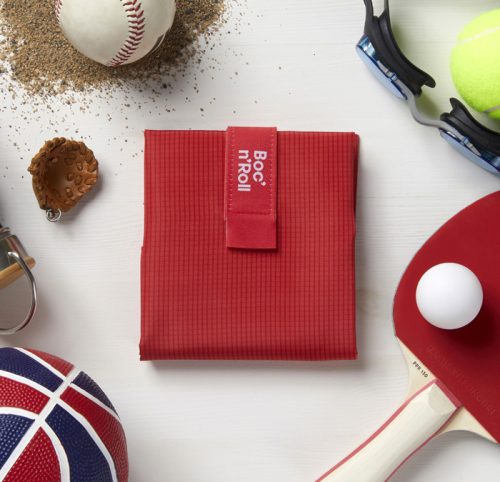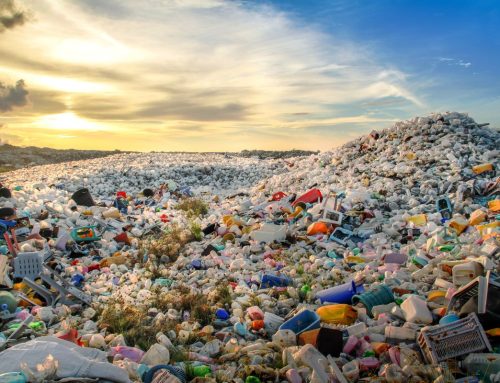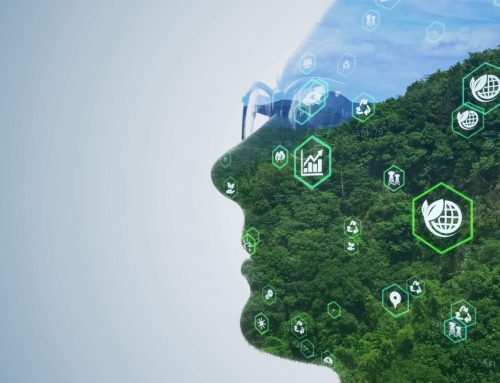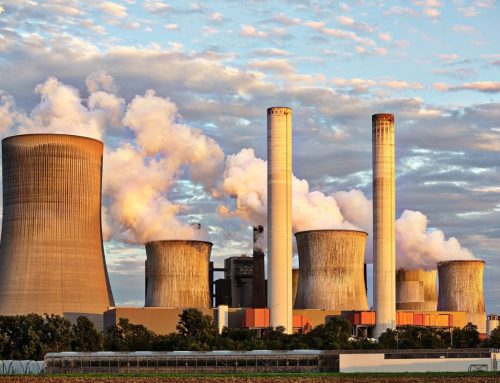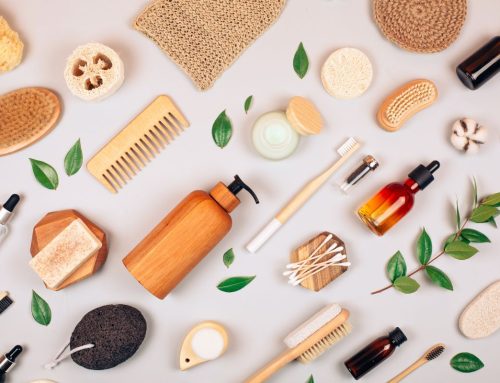The Negative Impacts of Plastic on the Environment
Plastic is a ubiquitous material that is found in nearly every aspect of our daily lives. It is lightweight, durable, and versatile, making it an ideal material for a wide range of products. However, plastic is also one of the most harmful materials to the environment, and its negative impact on the planet cannot be overstated. In this blog post, we will explore how does plastic harm the environment.
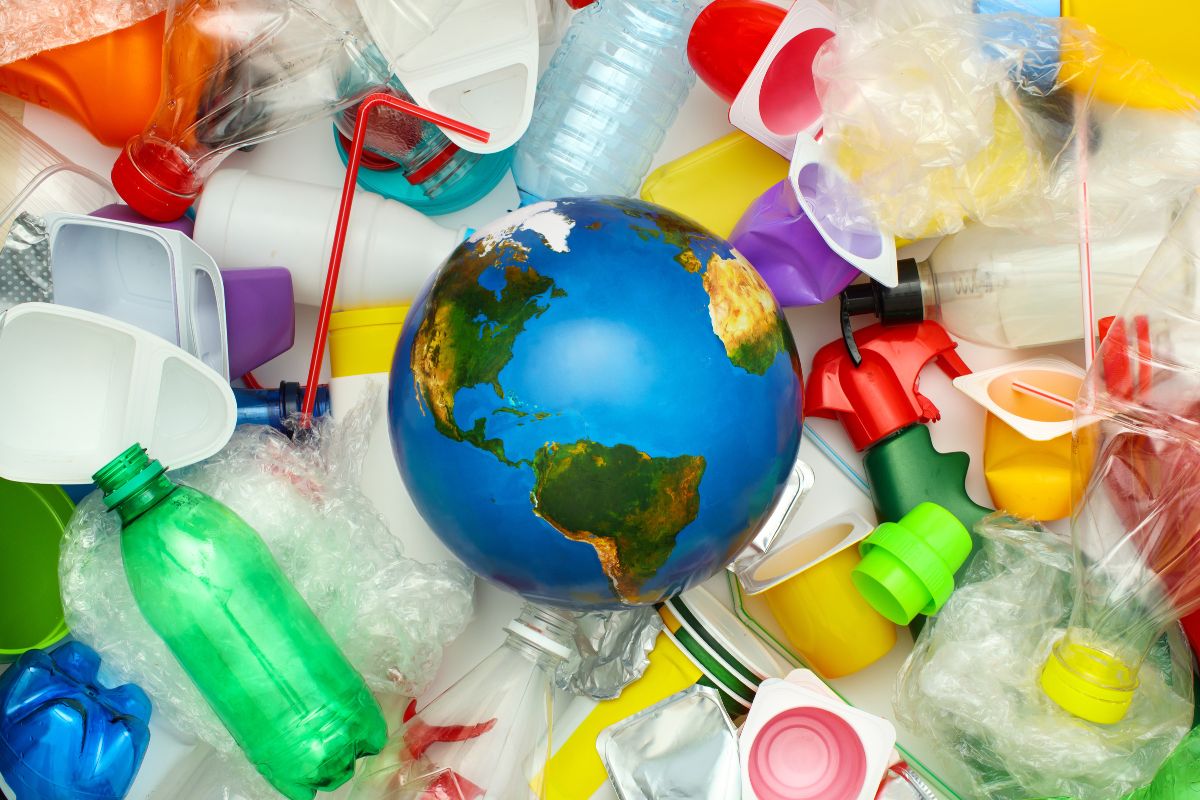
-
Plastic Pollution
- One of the most visible and alarming impacts of plastic on the environment is plastic pollution. Plastic waste is a ubiquitous and growing problem in our oceans, waterways, and landfills. Every year, millions of tons of plastic waste are dumped into the world’s oceans, where they harm marine life, destroy ecosystems, and ultimately find their way into the human food chain. Marine animals mistake plastic for food and ingest it, which can lead to suffocation, starvation, and death. Plastic pollution also harms fish populations, as fish can become entangled in plastic debris and die.
-
Landfills
- Plastic waste is also a significant contributor to the problem of overflowing landfills. Landfills are not designed to decompose plastic, and plastic can take hundreds of years to break down. As a result, plastic waste accumulates in landfills, taking up space and contributing to environmental pollution. Additionally, the decomposition of plastic releases toxic chemicals into the environment, which can harm both wildlife and humans.
-
Carbon Footprint
- The production of plastic also contributes significantly to greenhouse gas emissions and climate change, you can discover 50 ways to reduce climate change, in our blog. The process of extracting, transporting, and processing fossil fuels to create plastic releases greenhouse gases into the atmosphere. In addition, the disposal of plastic waste also releases greenhouse gases, as plastic in landfills produces methane, a potent greenhouse gas. According to some estimates, the production of plastic contributes up to 8% of global greenhouse gas emissions.
-
Harm to Wildlife
- Plastic waste also poses a significant threat to wildlife. Marine animals are particularly vulnerable to the harmful effects of plastic pollution, as plastic debris can entangle, suffocate, and kill them. Plastic waste can also leach harmful chemicals into the environment, which can have a range of negative impacts on wildlife. For example, the chemical bisphenol A (BPA), which is found in many plastic products, has been shown to disrupt the reproductive systems of wildlife and cause other health problems.
-
Microplastics
- Another significant impact of plastic on the environment is the creation of microplastics. Microplastics are tiny plastic particles that are smaller than 5 millimeters in size. They are created when larger pieces of plastic break down over time, and they can be found in waterways, oceans, and even in the air. Microplastics have been found in a wide range of wildlife, including fish, birds, and even humans. The long-term health effects of microplastics on wildlife and humans are still not fully understood, but studies have shown that microplastics can cause damage to organs and tissues.
The Devastating Effects of Plastic Pollution on Marine Life
Plastic pollution is having a devastating effect on marine life. Every year, millions of tons of plastic find their way into the ocean, where it breaks down into smaller and smaller pieces, polluting the water and endangering the lives of marine animals.
Animals of all shapes and sizes are affected by plastic pollution. Fish and other aquatic organisms can become entangled in plastic debris, block their digestive tracts, or even be ingested. Birds, turtles, and other marine mammals often mistake plastic pieces for food, eating them and becoming ill or dying. Even small pieces of plastic can be deadly, as they absorb toxins from the water and concentrate them in the animals’ bodies.
The long-term effects of plastic pollution on marine life are still not fully understood, but it is clear that the damage is extensive and far-reaching. In addition to the deaths of individual animals, plastic pollution can disrupt entire ecosystems. Plastic particles can disrupt the food chain, cause an imbalance in the ocean’s nutrient cycle, and lead to the spread of invasive species.
The only way to protect marine life from the devastating effects of plastic pollution is to reduce the amount of plastic that enters the ocean. This can be done by reducing the use of plastic products, properly disposing of plastic waste, and recycling when possible. It’s up to all of us to protect our oceans and marine life from the devastating effects of plastic pollution.
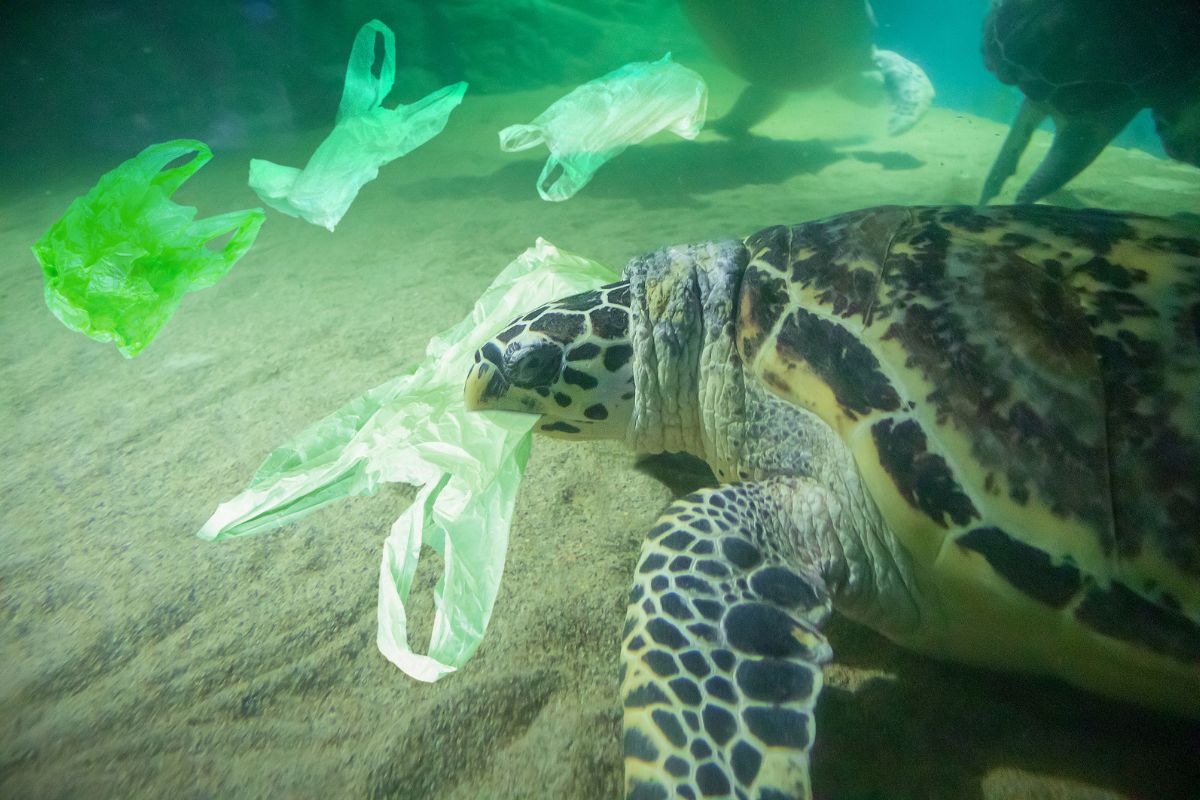
How Plastic Is Poisoning Our Food Chain
Plastic is a ubiquitous material that is used in almost all aspects of life, from food packaging to personal care items. Unfortunately, this material also poses a serious risk to our food chain. Plastic pollution is a growing problem and is having a devastating effect on the environment, including our food chain. Plastic can leach chemicals into the environment that can be dangerous for humans and animals alike. It can cause a variety of health problems, including cancer, endocrine disruption, and reproductive issues. In addition, plastic can accumulate in the food chain, where it can be ingested by animals and humans, resulting in long-term health consequences. Finally, plastic can clog waterways, leading to decreased oxygen levels, which can kill fish and other marine life.
The Unseen Damage of Microplastics in the Environment
Microplastics are tiny pieces of plastic debris that are smaller than 5 millimeters in size and come from a wide variety of sources. These particles are released into the environment from various sources and can be found in aquatic and terrestrial ecosystems around the world. They are increasingly being recognized as a major environmental pollutant.
The most common source of microplastics are from the breakdown of larger plastic items, such as bags and bottles, as well as from the manufacture of small plastic objects, such as microbeads in cosmetics and personal care products. Microplastics also enter the environment through industrial processes, such as vehicle tire and brake wear, and from laundering synthetic fabrics.
This microplastics are a major environmental concern because they can absorb and release toxins, harm aquatic organisms and accumulate in the food chain. They are known to cause physical harm to aquatic life, such as ingestion, entanglement and transport of pollutants, as well as bioaccumulation of toxins. Microplastics also interfere with photosynthesis in aquatic plants and can change the structure and function of fragile ecosystems.
Plastic is one of the most harmful materials for the environment
In conclusion, plastic is one of the most harmful materials to the environment, and its impact on the planet cannot be overstated. Plastic pollution, overflowing landfills, greenhouse gas emissions, harm to wildlife, and the creation of microplastics are just some of the ways in which plastic harms the environment. To address this problem, it is essential to reduce our use of plastic and promote sustainable alternatives. By making small changes in our daily lives, such as using reusable bags, bottles, and containers, we can all make a difference and help to reduce the harmful impact of plastic on the environment.
As consumers become increasingly aware of the environmental impact of their purchases, more and more companies are striving to create eco-friendly products that don’t harm the environment.
Roll’eat is a company that produces sandwich and snack bags that are sustainable and environmental responsible. Roll’eat commitment to sustainability has helped to reduce its environmental impact, by creating eco-friendly products that don’t harm the environment. According to a study by the ARC (Catalan Waste Agency), the daily use of Boc’n’Roll has a carbon footprint 500 times smaller than the use of aluminium foil. If you want to stop using plastic in order to improve the environment and reduce the impact of plastic, Roll’eat can help you with their products.


